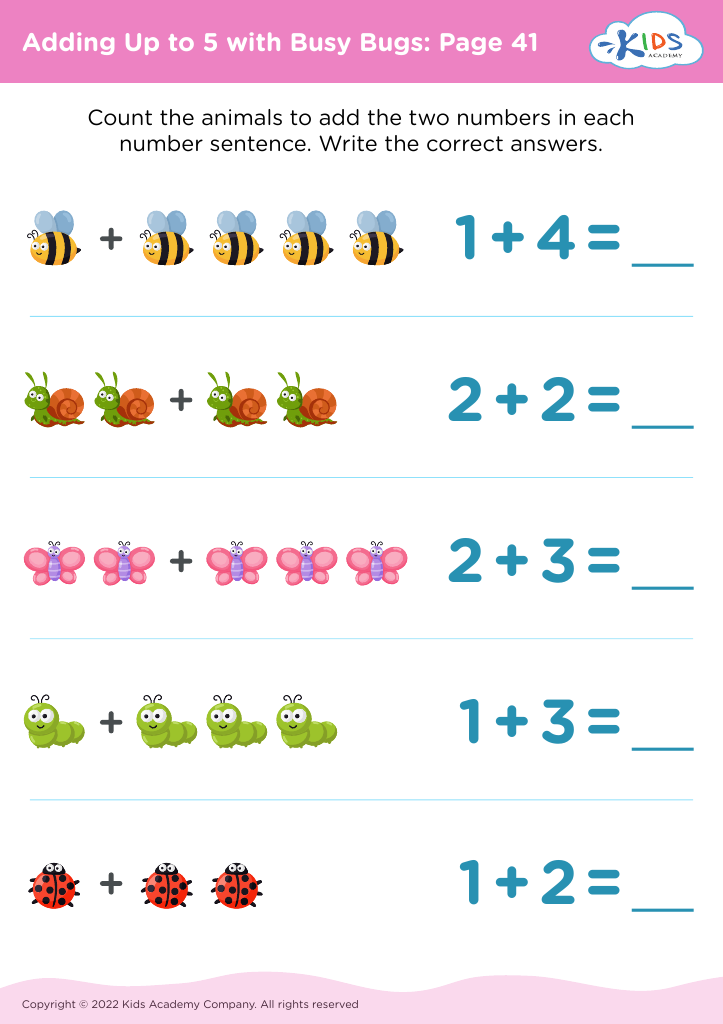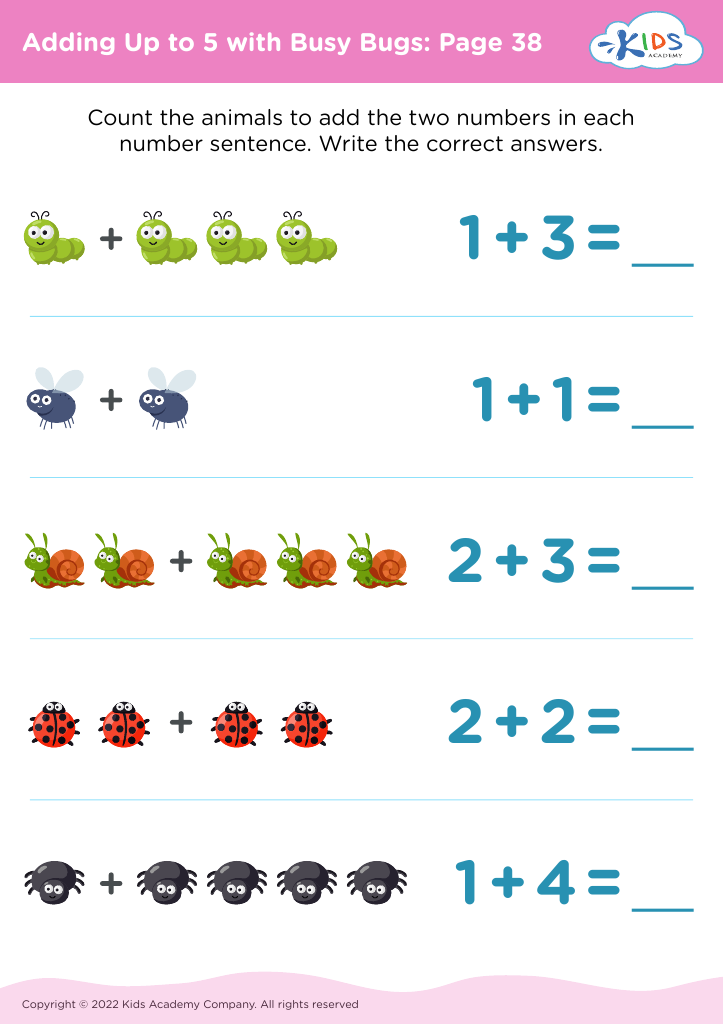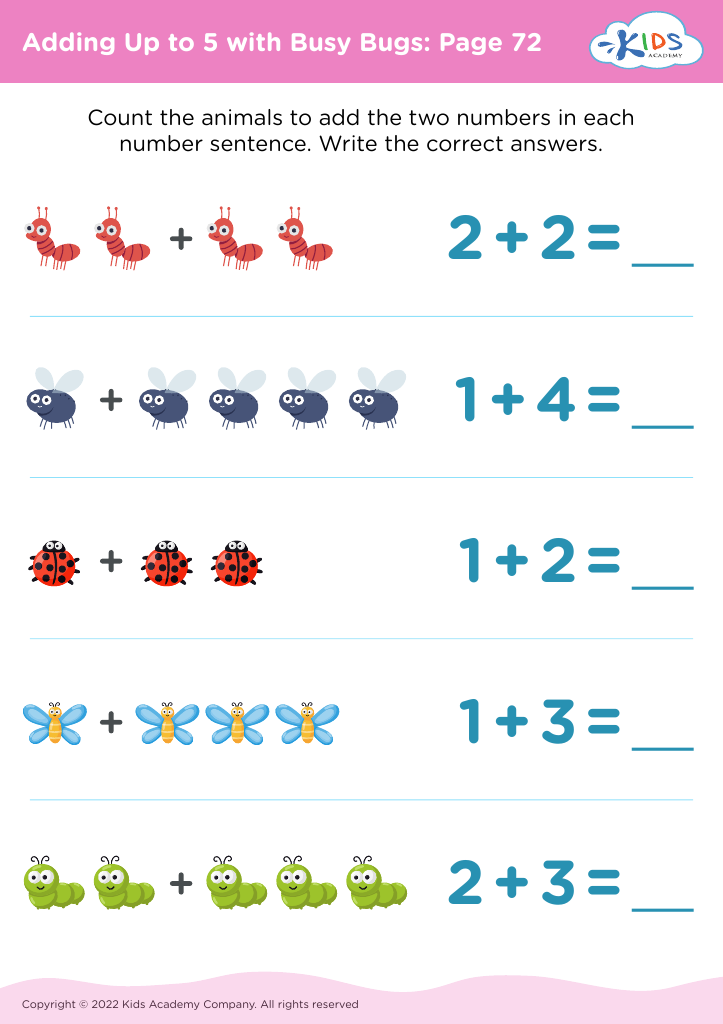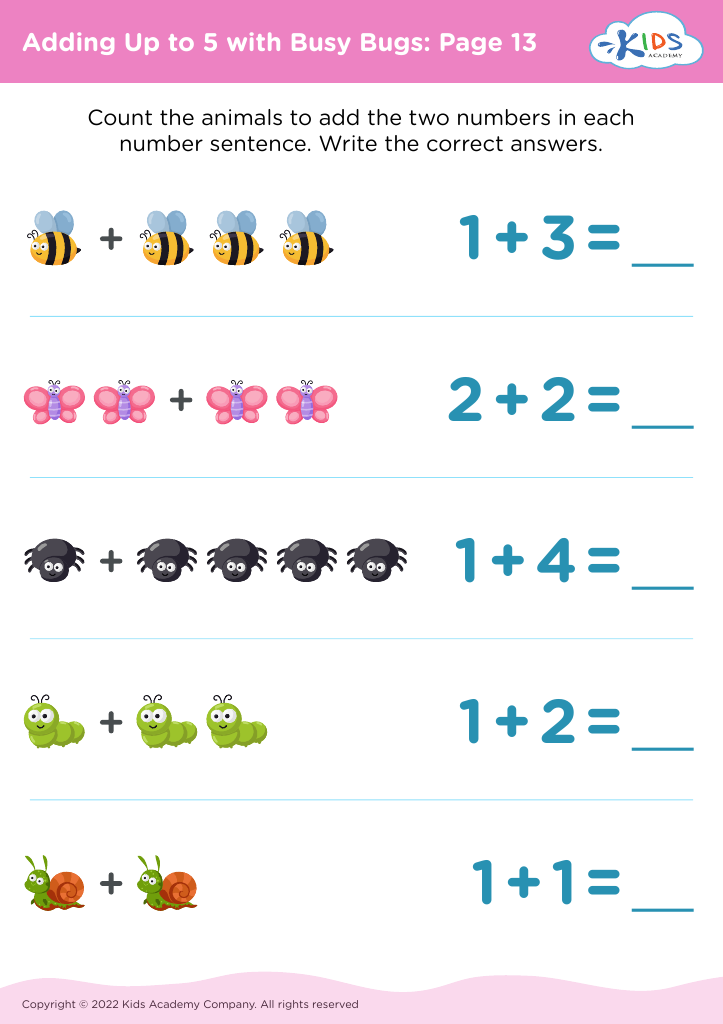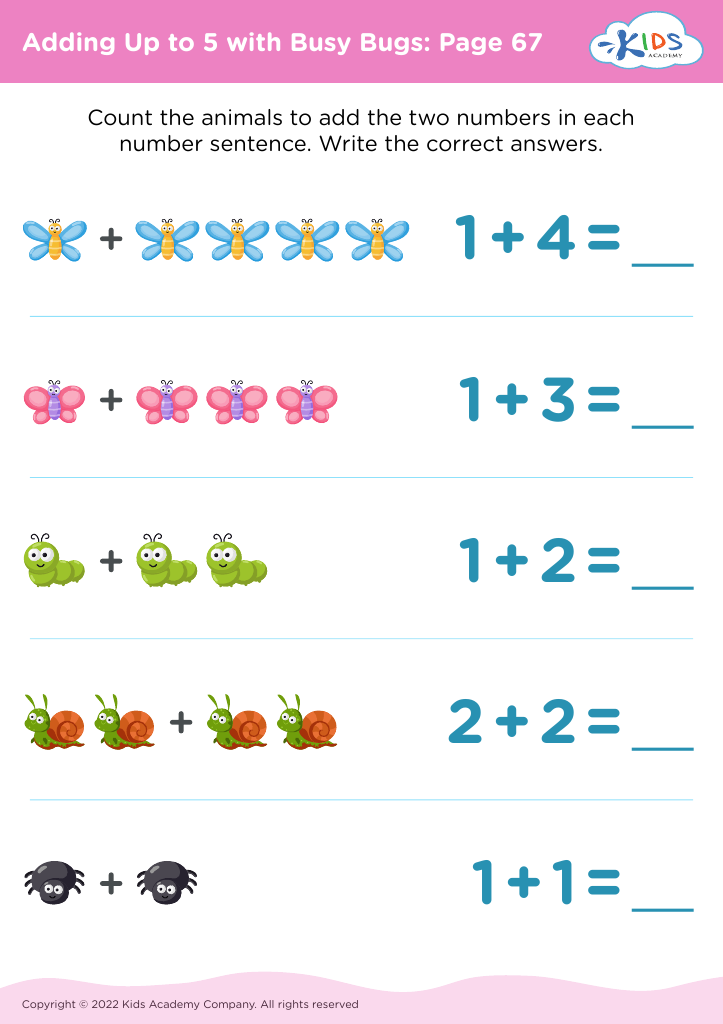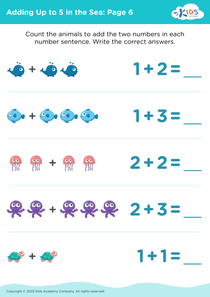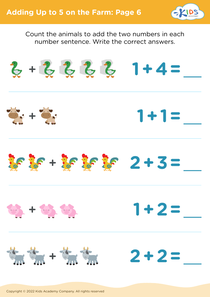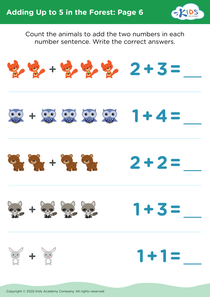Hand-eye Coordination Adding with Busy Bugs Worksheets for Ages 5-7
5 filtered results
-
From - To
Discover "Hand-eye Coordination Adding with Busy Bugs Worksheets" tailor-made for ages 5-7! These engaging worksheets combine the fun of playful bug illustrations with elementary math practice. Young learners can develop essential hand-eye coordination and fine motor skills as they count and add colorful bugs. Perfect for at-home or classroom use, these sheets will make math enjoyable while enhancing cognitive abilities, dexterity, and problem-solving skills. Designed by experts, the worksheets offer an interactive approach to learning. Boost your child's early math proficiency and motor learning with these exciting Busy Bugs worksheets today!
Hand-eye coordination is a crucial developmental skill for young children, as it directly affects their ability to perform everyday tasks and excel in various aspects of learning. Activities that specifically focus on enhancing hand-eye coordination, like "Hand-eye Coordination Adding with Busy Bugs" for ages 5-7, are particularly valuable.
Firstly, hand-eye coordination plays a fundamental role in early literacy development. Children rely on this skill to track lines of text and interact with learning materials. Enhanced coordination helps them to form legible handwriting, an essential skill for effective communication.
Secondly, activities involving hand-eye coordination often have a multi-sensory component, engaging children more deeply. "Busy Bugs" can captivate their attention and make learning math concepts, like addition, more enjoyable and effective. Associating numbers with physical movements solidifies their understanding and retention.
Moreover, developing strong hand-eye coordination can boost a child's self-esteem. Mastering small tasks gives them a sense of achievement, encouraging a positive attitude toward learning in general. It also lays the groundwork for future skills required in sports, art, and daily activities, promoting a well-rounded development.
In summary, parents and teachers should prioritize activities like "Hand-eye Coordination Adding with Busy Bugs" as these games make learning interactive and fun while building foundational skills integral to a child's overall growth.

